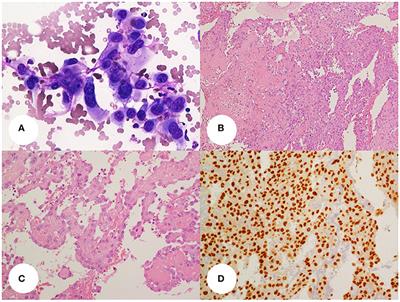EDITORIAL
Published on 20 Aug 2019
Editorial: The Unusual Presentation of Thyroid Disorders
doi 10.3389/fendo.2019.00560
- 2,791 views
20k
Total downloads
159k
Total views and downloads
Select the journal/section where you want your idea to be submitted:
EDITORIAL
Published on 20 Aug 2019
ORIGINAL RESEARCH
Published on 01 Mar 2019
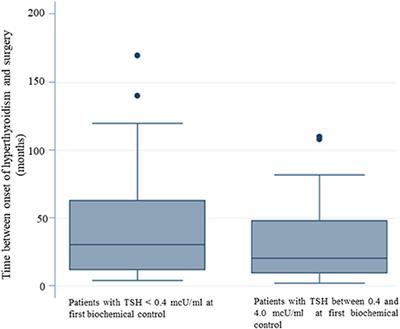
CASE REPORT
Published on 17 Jan 2019
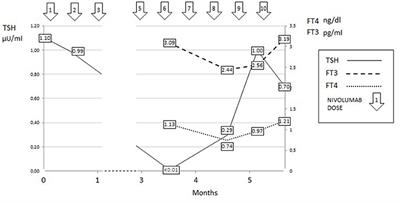
CASE REPORT
Published on 17 Jan 2019

CASE REPORT
Published on 13 Dec 2018
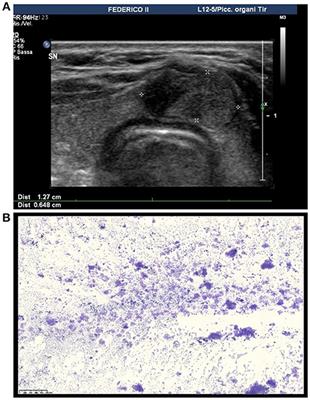
REVIEW
Published on 03 Dec 2018
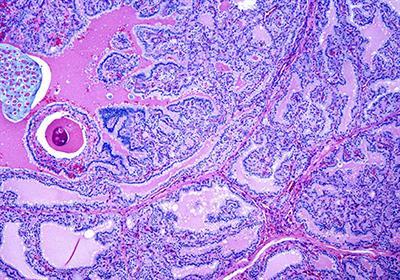
SYSTEMATIC REVIEW
Published on 20 Nov 2018
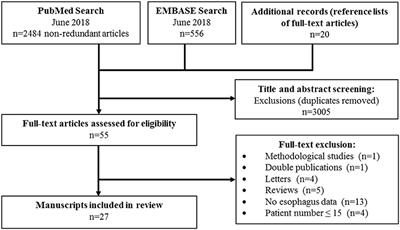
CASE REPORT
Published on 01 Nov 2018
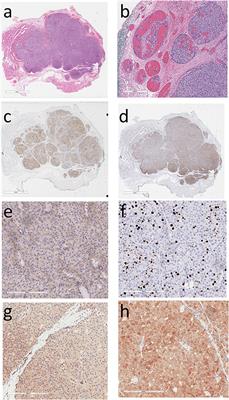
REVIEW
Published on 09 Oct 2018
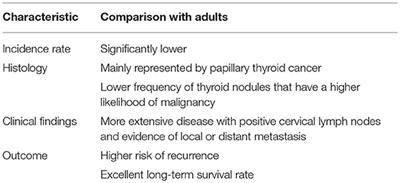
CASE REPORT
Published on 09 Oct 2018
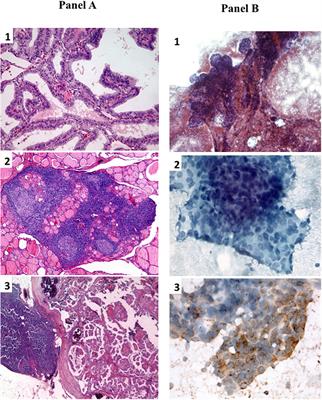
ORIGINAL RESEARCH
Published on 09 Oct 2018

CASE REPORT
Published on 01 Oct 2018
